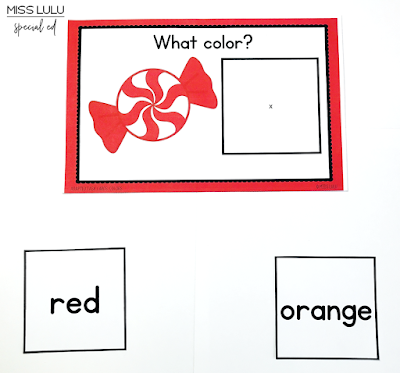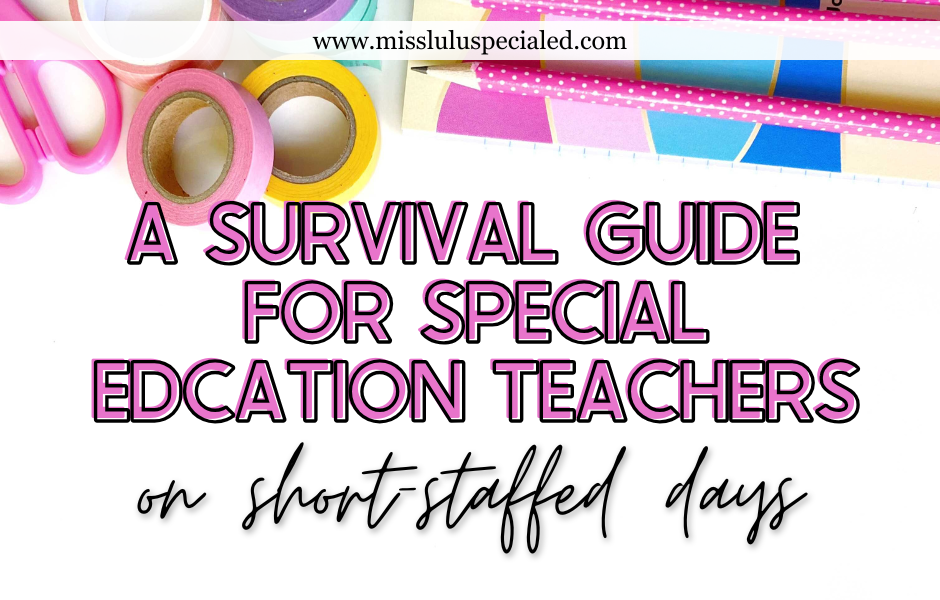ADAPTED TASK CARDS FOR STUDENTS WITH MULTIPLE DISABILITIES
- Laura Hackwell

- Apr 12, 2021
- 2 min read

I know how challenging and time consuming it can be to find or create materials for students with significant or multiple disabilities. My students with limited mobility, speech delays and severe cognitive disabilities are quite a challenge in the classroom in that it is difficult to find meaningful, academic activities and experiences for them to engage in. I've created a few sets of adapted task cards that have the all the modifications built in. I love these because they are perfect for my students who use eye gaze or who need their answer choices presented further apart to be accurate.
I've included two sizes in each set. The larger size is perfect for students who have vision impairments. These task cards are great for emergent level learners who are working on basic skills but may not be able to read or write.

For students with limited mobility, students who need an alternative presentation or students who need an alternative way to respond to a task, print two sets of the task cards you are using. Cut up the answer choices from the second set and add hook Velcro to the backs. Present the task card and then present the answer choices on a separate board. This way, you can place the answer options further apart. Students can use eye gaze to select their answer or reach to touch the answer.

For students with more severe cognitive disabilities, I like to use task cards in this instructional sequence.

First, I use errorless instruction. After I've printed two sets of the task cards, I present the task card and the correct answer card. The student then just matches the correct answer to the card.

Next, present the answer card and a blank card. This allows the student to discriminate between two choices.

After this is mastered, you can present the answer card and an obvious distractor. For example, if you are doing shapes task cards, present one shape and one number. Next, I move to an array of 2 answers, one correct and another possible answer from the task card set. Finally, I would move to an array of 3 or greater, as the student is able.
I have my paras or peer tutors work with students using these task cards. First, they present the task card and ask the question. Next, they present the answer choices, depending on the student's level, as described in the instructional sequence above. I like to present the answer choices on a black felt board, like this. Students can touch their answer, look at their answer, or if able, can grab their answer and hand it to the teacher. I've also included smaller cards for direct matching.

You can grab the Adapted Task Cards Basics Bundle here or by clicking on the cover image below. Are there other skills you'd like to see? Leave me a comment or shoot me an email and let me know!















Comments